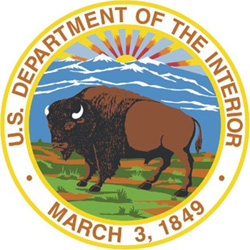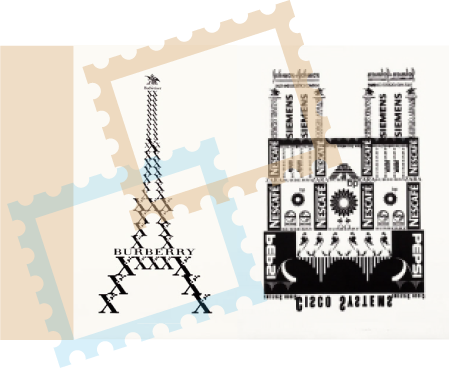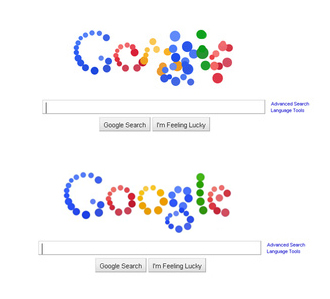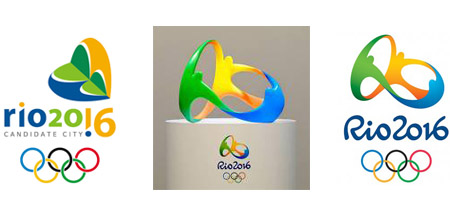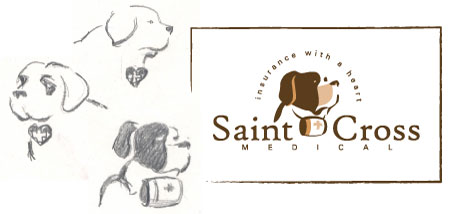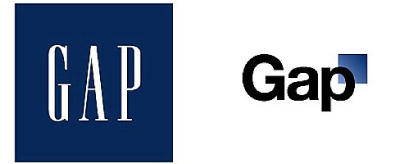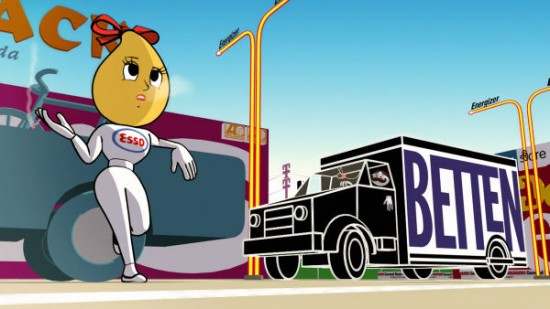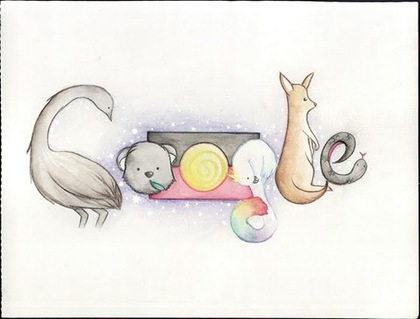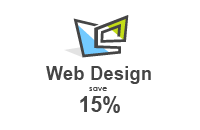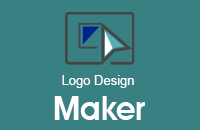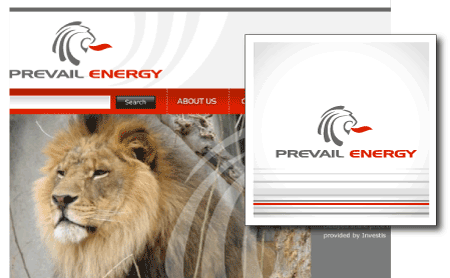
To answer this question, it’s firstly important to establish that there is a difference. Web design is the art (and science!) of building a website. On the surface, a web designer is someone who makes a pretty website by arranging blocks of text, images, and other elements into an attractive and eye-catching design that will inspire a site visitor to take a closer look at the product, service or information being offered. Delve deeper however, and you’ll see that web design is highly technical and includes the use of some complicated-sounding programming languages. Speak PHP, Ajax, BASH, AWK, TCL or Python, anyone? Graphic design on the other hand was traditionally a print-based profession, and the design process still generally begins with pen-and paper sketches. Nowadays, the internet and computer software such as Adobe Illustrator now go hand in hand with the job. Graphic designers create logos and corporate identities, and design packaging, advertising, letter heads, brochures and more. They work with typography – not only the traditional black and white, or Pantone 2 to 3 color logos, but increasingly these days, full color logos incorporating gradients, transparency, 3D shadows and more edgy effects. A graphic designer may provide the artistic and aesthetic talent towards creating the look and feel of a website, and mock up where on the page the different design elements should go, but the web designer is the responsible for converting this mock up by splitting the graphics into images, polishing the design with software such as Adobe Photoshop, and then using web coding to translate the design onto the screen. Since the global recession, design companies have been increasingly looking for multi-skilled jacks-of-all-trades who can perform the role of both graphic and web designer, thus cutting costs and getting two skills for the price of one.
Read the rest of this entry » 